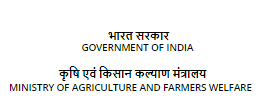Extraction of chitin and chitosan from crustacean shell waste
Background:
Shellfish processing creates environmental problem in the form of shells and head waste. Nearly
50% of the raw material is discarded as waste after processing. The shrimp processing industry
in India turns out more than 1.25 lakh tones of head and shell waste per annum. Nearly 7,000
tonnes of chitin can be produced from the prawn shell which is thrown out as waste.
Technology Details:
The waste from shell fish can be effectively converted into chitin and chitosan. Chitin, a natural
biopolymer is component of the cell walls of fungi, the exoskeletons of arthropods such as
crustaceans and insects, the radulae of molluscs, and the beaks and internal shells of
cephalopods. Chitosan is produced by deacetylation of chitin. Chitin and chitosan have versatile
applications in medicinal, industrial, agricultural and biotechnological fields.
Chitin is produced by demineralization and deproteinization of crustacean shell using acid and
alkali respectively. Deacetylation of chitin will yield chitosan. Production of chitin and chitosan
is a chemical process and setting up the facility require high capital investment. It offers scope
conversion of processing waste into a high value product. Chitin and chitosan are products
having high export demand. The units which manufacture these products are 100% exportoriented units with established market linkages.


